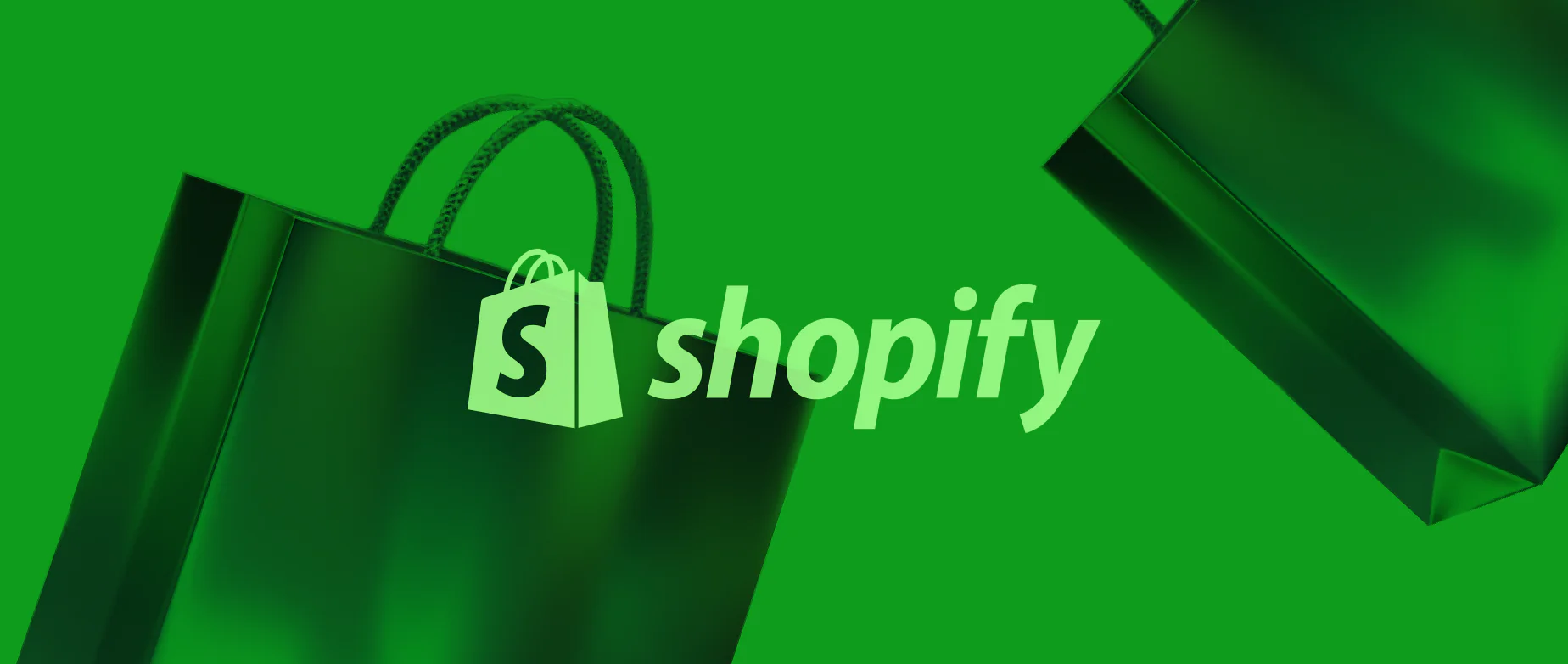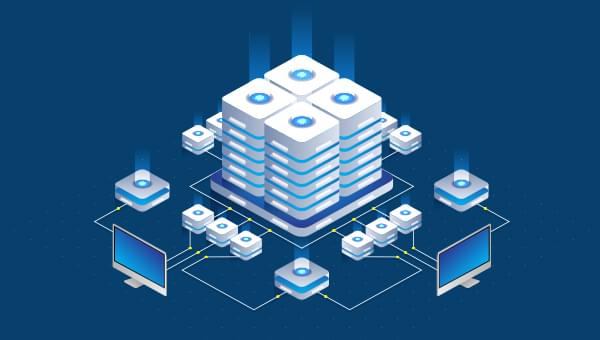
Shopify 2.0: Brief History, Editions and the Most Popular Themes
Shopify Online Store 2.0 builds upon the foundation of its predecessor by offering more robust customization options, improved performance, better content management capabilities, and enhanced SEO and accessibility features. These updates are designed to empower merchants to create more tailored, responsive, and optimized online shopping experiences for their customers.
- Customization and Flexibility:
- Sections Everywhere: In Shopify Online Store 2.0, the “Sections Everywhere” feature allows merchants to use Shopify’s block-based editing system across the entire store, including product pages, collection pages, and more. This means more flexibility in designing and customizing different parts of the store.
- Theme App Extensions: The new version allows developers to build extensions (apps) that integrate directly with themes, offering more customization possibilities without compromising performance.
- Performance:
- Optimized Performance: Shopify Online Store 2.0 is designed to be faster and more efficient, with improved loading times and better responsiveness across different devices.
- Content Management:
- Global Content: Store owners can now manage content globally, enabling them to reuse sections and blocks across different pages more easily. This reduces redundancy and streamlines content management.
- SEO and Accessibility:
- Improved SEO: Enhanced SEO features allow for better optimization of individual pages and content blocks, helping stores rank higher in search engine results.
- Accessibility: Shopify Online Store 2.0 includes features that improve accessibility compliance, ensuring websites are accessible to users with disabilities.
- Developer Tools:
- Metafields: Expanded support for metafields allows developers to add custom fields to themes and products more easily, enhancing the ability to store and retrieve additional information.
- Migration and Upgrading:
- Compatibility: Existing Shopify 1.0 themes can be upgraded to 2.0 with some adjustments, allowing current store owners to benefit from the new features without starting from scratch.
Shopify founded
This is timeline description. Please click here to change this description.
Shopify launched an API platform and App Store, allowing third-party developers to create applications for Shopify stores.
This is timeline description. Please click here to change this description.
Shopify released a mobile app to help store owners manage their businesses on the go.
This is timeline description. Please click here to change this description.
Shopify Payments, an integrated payment processor, was introduced.
This is timeline description. Please click here to change this description.
Shopify continued to expand its features, including augmented reality and 3D media capabilities for product display.
This is timeline description. Please click here to change this description.
| Developers | Designers |
| 1. Hydrogen Framework: An enhanced React-based framework for building custom storefronts, providing more flexibility and performance. | 1. Dawn Theme Updates: The default Dawn theme received enhancements to improve customization and performance. |
| 2. Storefront API Enhancements: Improved API capabilities for more efficient and powerful data handling. | 2. Sections Everywhere: Enhanced section capabilities, allowing for more flexible page designs without needing extensive coding. |
| 3. Shopify Functions: A new way for developers to write custom backend logic that runs on Shopify’s infrastructure, improving performance and scalability. | 3. Online Store 2.0: Significant updates to the theme architecture, making it easier to build and customize stores with flexible sections and blocks. |






